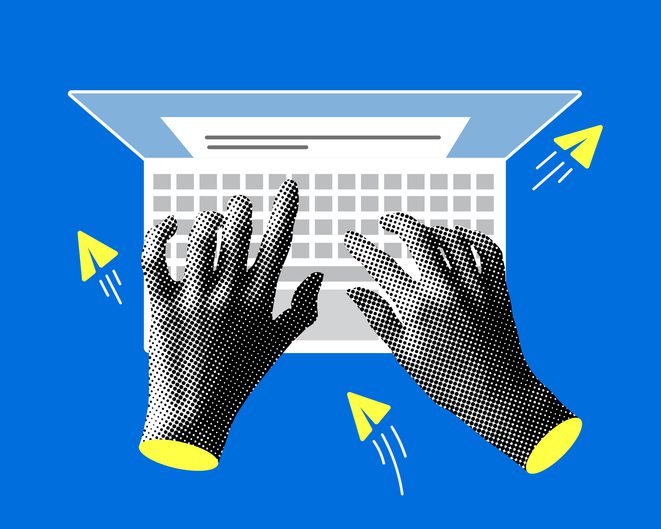
Digital communication tools like Zoom, Microsoft Teams, Slack, and Google Meet are indeed making a significant impact on workplace productivity. They have become integral to how we interact and collaborate with coworkers, often determining the efficiency and effectiveness of workflows.
A Forbes survey revealed the following about how we communicate at work:
- The majority of workers use digital communication tools for up to 20 hours a week.
- Most workers prefer email, followed by video calls and direct messages to other options.
- Forty-five percent of workers feel more connected to their team as a result.
- Sixty percent of workers feel increased burnout as a result of communicating digitally.
- Digital communication makes 58% of workers feel like they need to be available more often.
Understanding the Purpose of Each Digital Communication Tool
Adapting to different forms of communication at work can be a challenge, but it's essential for maintaining productivity and staying connected with your team. Here are some tips to help you adapt:
- Emails: Emails are ideal for sending detailed information, official announcements, and documentation. They provide a written record of communication that can be referred to later.
- Instant Message/Direct Message: Tools like Microsoft Teams, Zoom, and Slack are perfect for quick, informal conversations. They are useful for real-time collaboration, quick questions, and casual interactions.
- Video Calls: Video calls are essential for face-to-face communication, especially when discussing complex topics or conducting meetings. They help in building rapport and understanding non-verbal cues.
- Text Messages: They are great for urgent communication when other digital tools are not accessible and are also useful for sending brief updates or reminders.
- Audio Calls: Audio calls are useful when a more personal touch is needed, but video is not necessary. They are ideal for discussing sensitive topics or when visual cues are not required. They can also be used for quick check-ins or updates.
Remember, the key to successfully adapting to different digital communication tools is to use them thoughtfully and strategically. Each tool serves a specific purpose, and recognizing this can help you communicate more effectively in the workplace.
Last Updated on August 14, 2024
1 comment
Comments are closed.